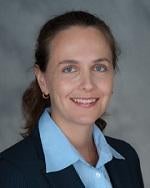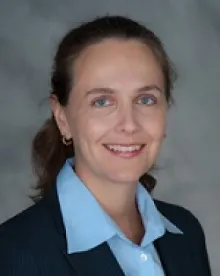Digitech Image Technologies, LLC v. Electronics for Imaging, Inc.
In a short opinion addressing subject-matter eligibility under 35 U.S.C. § 101, the U.S. Court of Appeals for the Federal Circuit found that patent claims directed to data structures did not fall within the statutory subject matter categories of § 101 and that method claims directed to gathering and combining data, without more, impermissibly encompassed abstract ideas. Digitech Image Technologies, LLC v. Electronics for Imaging, Inc., Case Nos. 13-1600 to 13-1615 (Fed. Cir., July 11, 2014) (Reyna, J.).
Digitech filed suit against dozens of companies, asserting a patent that relates to the generation and use of a “device profile” that holds spatial and color information for digital images on a device, such as a digital camera, monitor, TV or printer. According to the patent, the claimed “device profiles” reduce distortions in digital images on different devices.
At issue were two types of claims, “device profile” claims and method claims for gathering and combining device profiles. The “device profile” claims recited, in relevant part, “[a] device profile . . . comprising . . . first data . . . and second data.” After the district court concluded the asserted claims were invalid under § 101, Digitech appealed.
Patent eligibility is reviewed de novo. Applying § 101—which limits the subject-matter categories to “any new and useful process, machine, manufacture, or composition of matter, or any new and useful improvement thereof”—the Federal Circuit agreed with the district court, explaining that for all categories enumerated in the statute, except for method claims, “the eligible subject matter must exist in some physical or tangible form.” Thus, since the “device profile” claims were directed to two data sets, one for color and one for spatial information, and not to any tangible embodiment of that information, the Court concluded that the claims did not fall within in any patent-eligible category of § 101.
As to the method claims, there was no dispute that these fell within the permitted statutory subject-matter category of “process” claims, but, as the Court noted, process claims “may nevertheless be ineligible if they encompass laws of nature, physical phenomena, or abstract ideas.” The method claims at issue recited, in relevant part, “[a] method of generating a device profile . . . comprising: generating first data . . . ; generating second data; and combining said first and second data into the device profile.” Citing the recent Supreme Court decision in Alice v. CLS Bank (IP Update, Vol. 17, No. 7) for the proposition that a claim directed to an abstract idea “may be eligible if it includes additional inventive features such that the claim scope does not solely capture the abstract idea,” the Federal Circuit found that considering the claims at issue, the “something more” was missing. Specifically, the Court concluded that the asserted method claims recite “an ineligible abstract process of gathering and combining data that does not require input from a physical device.”
Practice Note: The Court considered whether the method claims were “tied to a specific structure or machine,” a consideration that may be seen as a look back to the Federal Circuit’s prior “machine or transformation test,” which was rejected by the Supreme Court in Bilski v. Kappos as the exclusive criteria for a § 101 evaluation (IP Update, Vol. 13, No. 7), even while recognizing that the test can be a “useful tool” and provide an “important clue” as to subject-matter eligibility.




 />i
/>i

